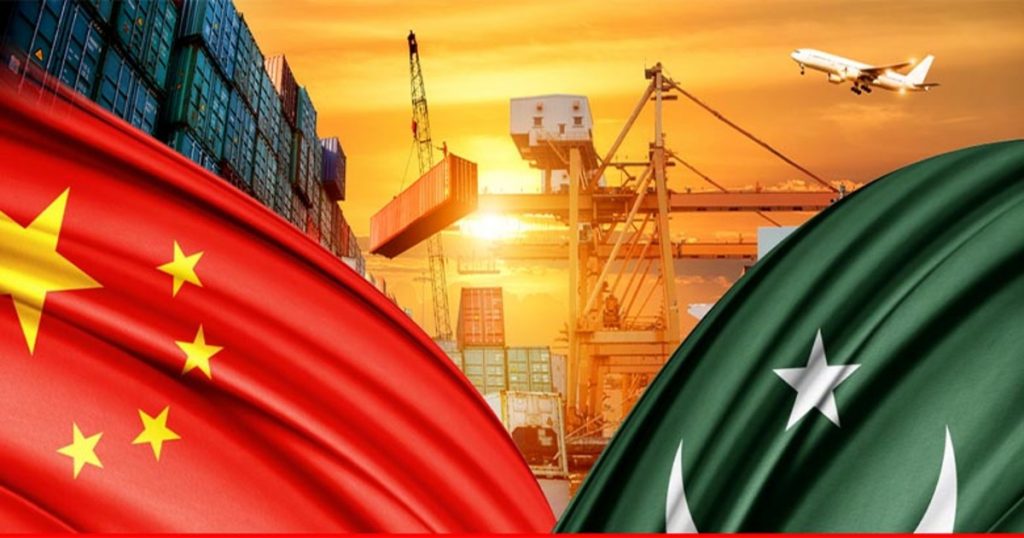The China-Pakistan Economic Corridor (CPEC), a flagship project of the Belt and Road Initiative (BRI), has witnessed remarkable progress in Pakistan, attracting direct investments worth US$25.4 billion from China over the past decade.
A senior official from the Chinese Foreign Ministry stated that the CPEC has formed a comprehensive “1+4” cooperation layout, with the CPEC at the center and Gwadar Port, transport infrastructure, energy, and industrial cooperation as the four key areas.
The CPEC projects have contributed to job creation, generating 192,000 employment opportunities. Additionally, they have facilitated the production of 6,000 megawatts of electric power, the construction of 510 kilometers of highways, and the expansion of the national transmission network by 886 kilometers. The CPEC is considered a significant project in China-Pakistan cooperation and plays an essential role in the Belt and Road Initiative.
The 10th anniversary of the CPEC marks a decade of substantial achievements. It has not only contributed to Pakistan’s national development and regional connectivity but also explored new areas of cooperation, including agriculture, science and technology, telecommunications, and people’s well-being.
China is committed to building upon the past achievements and advancing high-quality development of the CPEC in line with the common understandings between the leaders of both countries.
Prime Minister Shahbaz Sharif acknowledged the pivotal role played by the CPEC in transforming Pakistan’s economic landscape. The implementation of multi-billion-dollar development projects under the CPEC has brought socio-economic benefits to Pakistan, elevating the country’s progress regionally and globally.
The prime minister expressed the commitment to expedite the pace of work on CPEC projects and enhance cooperation with China in various sectors such as agriculture, special economic zones, information technology, and mineral resource exploration.
Experts have praised the transformative impact of the CPEC on Pakistan’s development landscape. Over the past decade, the completion of numerous multi-billion-dollar projects, including power plants, mass transit systems like the Orange Line, and road infrastructure, has propelled the country forward.
The vision of the BRI, combined with Pakistan’s strategic location, aims to establish the nation as a regional hub for trade, commerce, manufacturing, and agriculture. The CPEC represents the unwavering commitment and collaboration between the leadership of Pakistan and China.
Furthermore, experts highlight the importance of industrial diversification for long-term economic development. Countries in Southeast Asia have successfully climbed the industrial ladder, producing sophisticated products that are in high demand globally.
Economist Dr. Nadeem Javaid underscores the potential for Pakistan to leverage its productive capabilities and enhance its position in global markets.
Overall, the CPEC has brought significant progress to Pakistan, strengthening economic ties with China and fostering development in various sectors. The project serves as a testament to the collective vision and dedication of both countries’ leadership.
Launched in 2013, the CPEC is a corridor linking the Gwadar port in southwestern Pakistan with Kashgar in Northwest China’s Xinjiang Uyghur Autonomous Region, which highlights energy, transport, and industrial cooperation.
Over the past 10 years, the CPEC has gathered momentum unheard of in Pakistan’s economic history with complete support from the Chinese leadership, the prime minister said.





